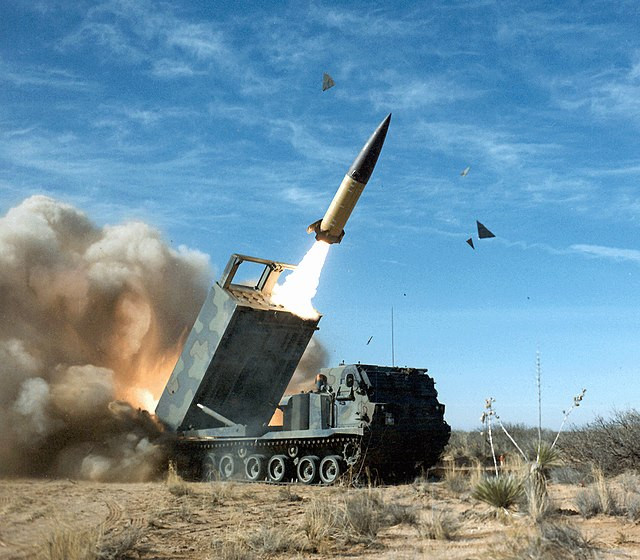Russia has vowed retaliation after claiming to intercept eight U.S.-supplied ATACMS missiles fired by Ukraine on January 3. The incident, which Moscow described as a significant escalation in the nearly three-year conflict, underscores the mounting tensions between the two nations and the increasing involvement of Western-supplied weaponry.
According to Russia's Ministry of Defense, its air defenses successfully intercepted the long-range missiles, which can strike targets up to 300 kilometers (186 miles) away. The ministry accused Ukraine of targeting Russia's Belgorod region and reiterated that these actions would be met with "retaliation."
"Actions by the Kyiv regime, supported by Western curators, will not go unanswered," the ministry stated.
The ATACMS missiles, approved for Ukrainian use by outgoing U.S. President Joe Biden in late 2024, mark a significant addition to Ukraine's arsenal. The weapons were reportedly authorized as part of a broader effort to counteract Russia's expanding military operations and the deployment of North Korean troops to bolster Russian forces.
Russian President Vladimir Putin has characterized Ukraine's use of the missiles as a grave provocation. Last year, Putin threatened to retaliate against Ukrainian long-range strikes with Russia's hypersonic ballistic missile, the "Oreshnik," warning that it could be used to test the effectiveness of Western air defense systems in Kyiv.
Adding to the tensions, Russia reported intercepting 72 unmanned aerial vehicles (UAVs) during the same period, with drones downed in regions including Leningrad and Kursk. Aleksandr Drozdenko, the governor of Leningrad oblast, described the activity as "record-breaking in terms of the number of UAVs destroyed."
Ukraine has acknowledged escalating drone strikes on Russian territory, with a Ukrainian security official, Andrii Kovalenko, stating that seaports and infrastructure in Russia's Leningrad region are strategic targets. These facilities are "instruments of economic and military survival for Russia in isolation," Kovalenko said.
In response, Russia has intensified its own offensive. The Russian Ministry of Defense claimed on Saturday to have captured the Ukrainian village of Nadiia in the eastern Luhansk region, one of the last remaining settlements under Kyiv's control. Moscow also reported mounting pressure on Ukrainian forces in Donetsk, where Russian troops are advancing south and east of the key hub of Pokrovsk.
Meanwhile, Ukrainian forces have faced a barrage of 81 drones, including Iranian-made Shahed UAVs, launched by Russia overnight Friday into Saturday. Ukraine's Air Force Command reported that 34 drones were successfully intercepted, although others caused damage in the Chernihiv and Sumy regions.
The escalating conflict occurs amid uncertainty over the incoming U.S. administration's stance on military aid to Ukraine. President-elect Donald Trump has criticized the provision of long-range weapons to Kyiv, calling it an "escalation" of the war. In a recent interview, Trump vowed to "end the conflict" and expressed strong opposition to Ukraine's continued use of ATACMS missiles.
The use of long-range missiles has reignited debates over the West's role in the conflict. Russia has accused NATO and the United States of enabling Ukrainian aggression, while Kyiv argues that such weaponry is necessary to counteract Russia's territorial gains.
Moscow claims to have advanced nearly 4,000 square kilometers (1,540 square miles) in Ukraine throughout 2024, a testament to its sustained military push. At the same time, Ukraine has struggled with manpower shortages and waning resources, highlighting the war's growing toll on both sides.
As the conflict continues, both nations have accused each other of targeting civilians. On Saturday, a Russian strike in Ukraine's Kharkiv region killed a 74-year-old man, according to regional governor Oleg Synegubov. These incidents underscore the ongoing humanitarian crisis, as the war enters its third year with no clear resolution in sight.






